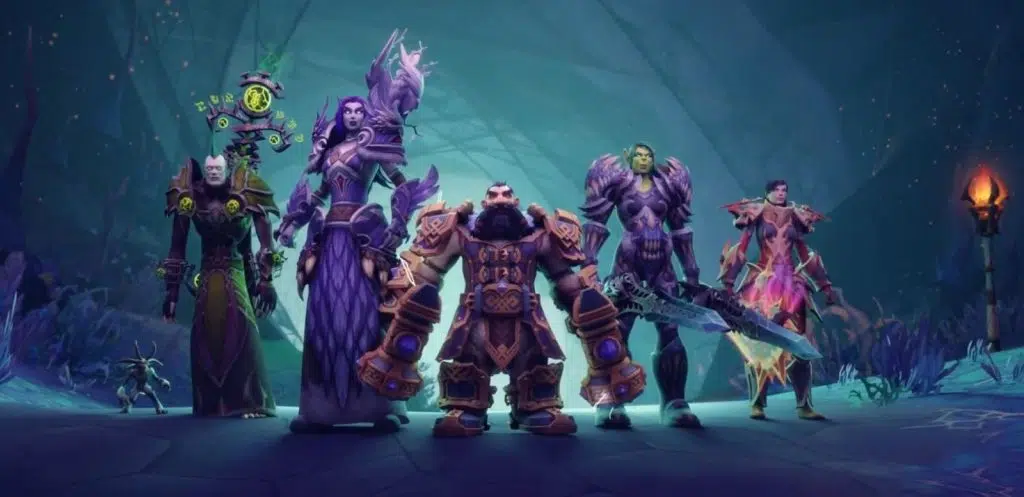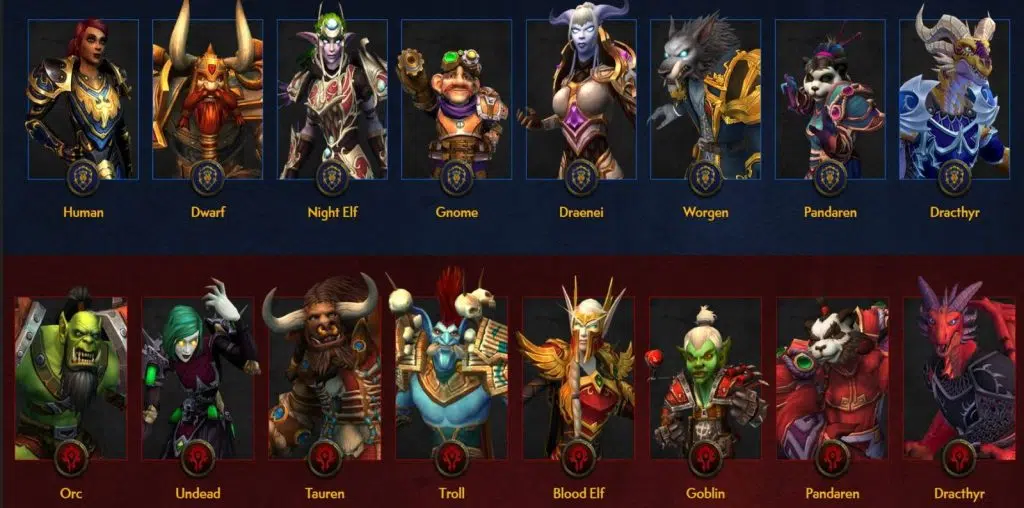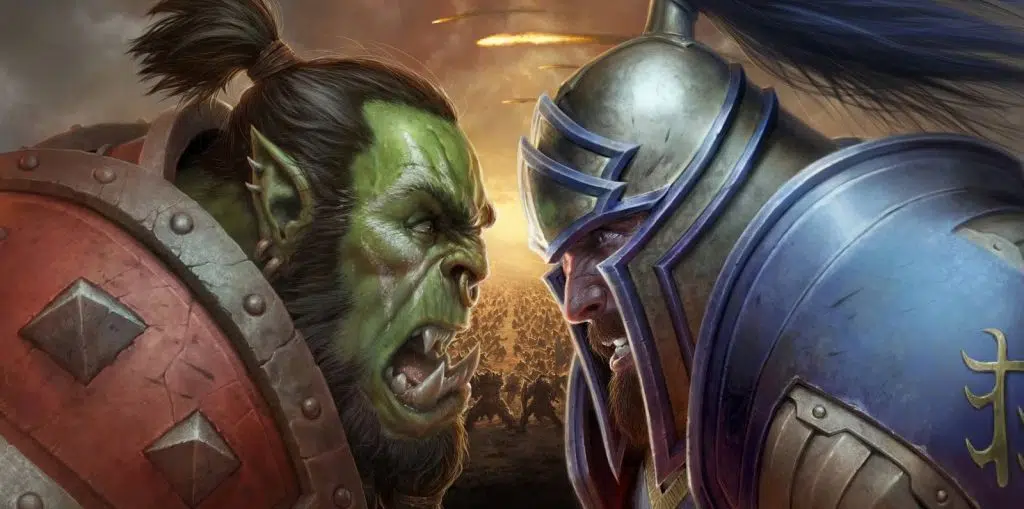Estimated reading time: 4 minutes
Blizzard has been steadily working to improve the World of Warcraft experience with each new patch release. The latest update, patch 11.0.7, is no exception. One of the standout changes in this patch is the implementation of full-party cross-faction LFG (Looking for Group).
Breaking Down the New Cross-Faction LFG Feature
Before this patch, players could only group up with members of their faction when using the LFG tool. This meant that Horde and Alliance players were largely segregated regarding group content. However, patch 11.0.7 has changed that.
Now, players can form full parties across faction lines. This opens up a new realm of possibilities for players who want to team up with friends or guildmates on the opposite faction. Whether it’s tackling dungeons, raids, or PvP content, the new cross-faction LFG feature facilitates this collaboration.
Streamlining the Grouping Process
In addition to removing the faction barrier, Blizzard has also streamlined the grouping process. Players no longer have to invite members of the opposite faction to their party manually. Instead, the LFG tool will automatically handle the party formation, making it a seamless experience.
This is a welcomed change for many players who had to jump through hoops to group up with friends or guildmates across faction lines. Now, the process is much more straightforward and efficient.
Potential Impact on Faction Dynamics
The introduction of full-party cross-faction LFG has the potential to reshape the faction dynamics within World of Warcraft. By breaking down the traditional barriers between the Horde and Alliance, players may be more inclined to see each other as potential allies rather than sworn enemies.
This could increase cooperation and collaboration across faction lines, fostering a more unified World of Warcraft community. Additionally, as players become more comfortable grouping with members of the opposite faction, it may help to reduce the long-standing tensions and rivalries that have been a core part of the game’s lore and gameplay.
The Impact on the World of Warcraft Community
The introduction of full-party cross-faction LFG has been met with a largely positive response from the World of Warcraft community. Players are excited about the newfound opportunities to collaborate with a wider pool of potential group members.
Some have even speculated that this change could help foster better cross-faction relations and cooperation within the game. By breaking down the barriers between Horde and Alliance, players may be more inclined to see each other as allies rather than sworn enemies.
The increased group members pool could also lead to shorter queue times and faster matchmaking for in-demand content, such as endgame raids and high-level Mythic+ dungeons.
Enhanced Accessibility and Gameplay Variety
Beyond fostering unity, the new cross-faction LFG feature is expected to bring a broader range of gameplay options and variety to the World of Warcraft experience. Players now have increased flexibility in forming groups, which may encourage experimentation with different group compositions and class synergies that weren’t easily achievable when faction restrictions were in place.
This newfound flexibility is especially appealing to players who enjoy pushing high-end content, as it allows them to create optimal party setups without limitations based on faction. Moreover, this update can invigorate social dynamics within the game as players from both factions explore dungeons, raids, and PvP content side by side. This cross-faction collaboration has the potential to make group play more dynamic and inclusive, adding a fresh layer of excitement and accessibility for all players.
Conclusion
World of Warcraft’s patch 11.0.7 has significantly changed with the introduction of full-party cross-faction LFG. This feature can potentially reshape how players interact and experience group content within the game. As the community continues to adapt to this new reality, it will be interesting to see h












